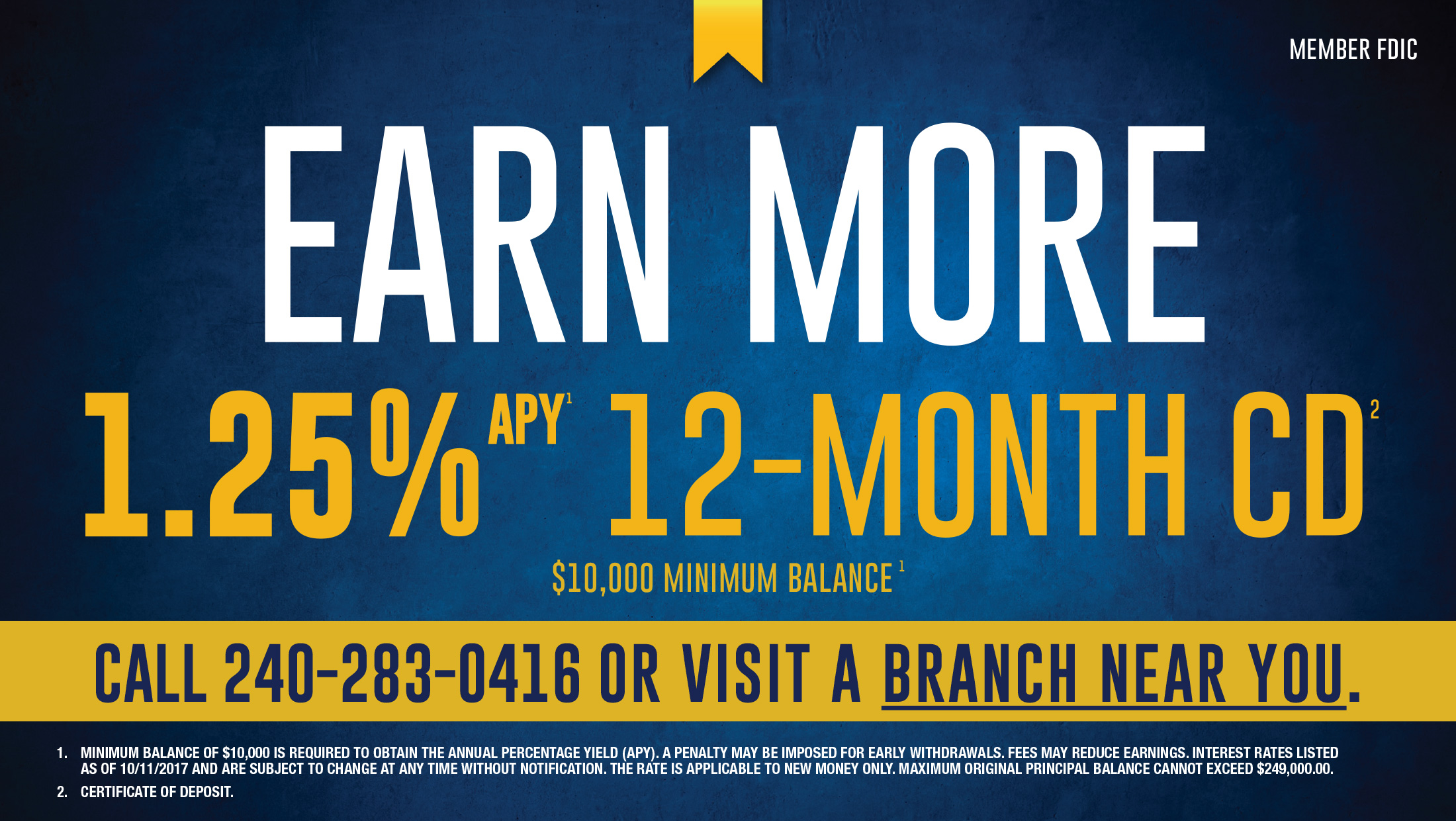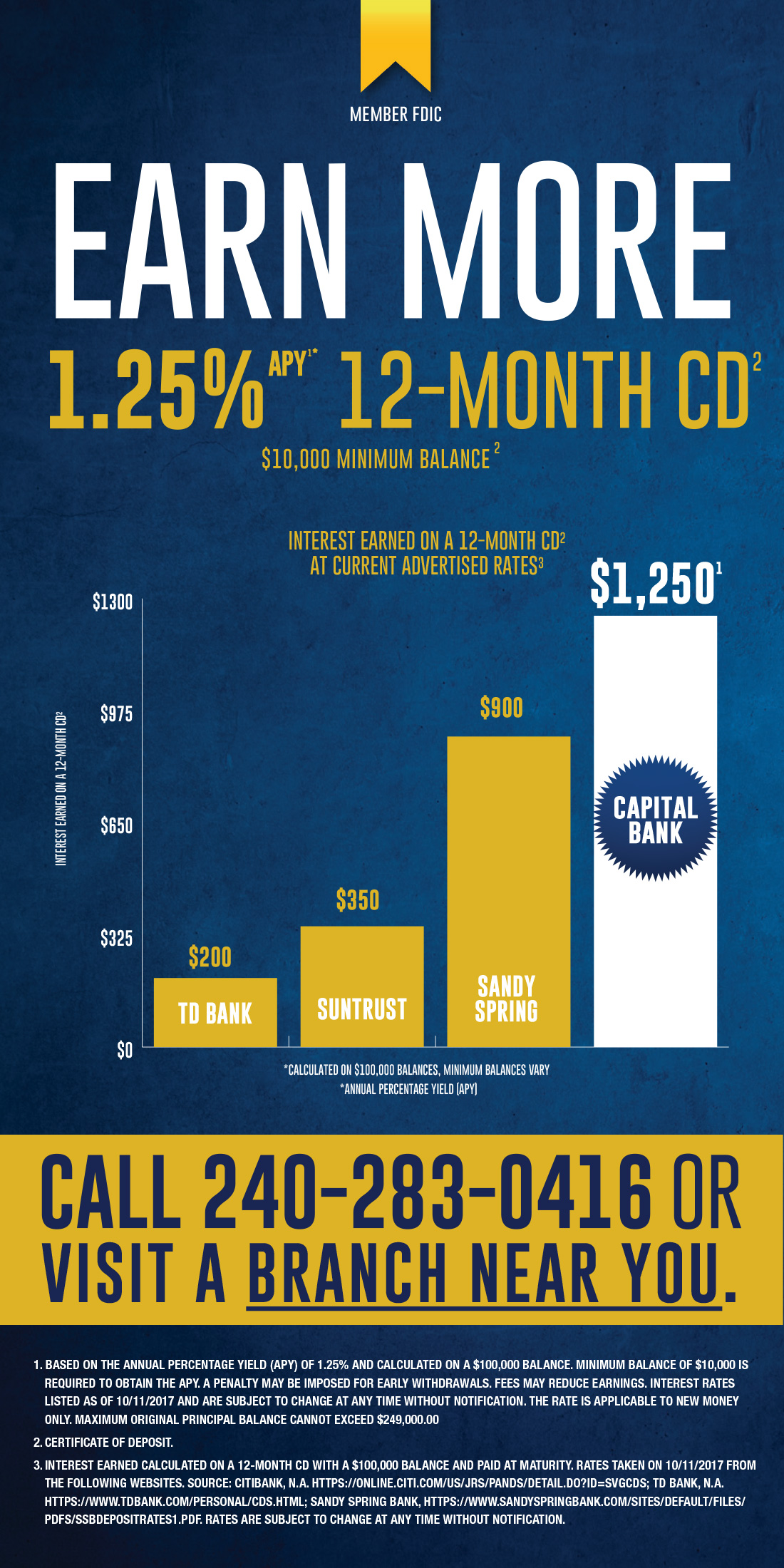
One-on-One: The Value of Listening to Your Clients
With the advent of the digital age, one-on-one conversation is becoming a thing of the past. With it has gone the fine art of listening — one of the most valuable tools for any relationship, both business and personal, using emails as a substitute for really listening and gathering feedback. In fact, if you fail to listen to your clients, you fall short in understanding their needs. That, in turn, can put you out of business — fast.
Why the deaf ear to clients? When you’re running a business, you’re busy — you have inventory, your books, and your employees, with product development always top of mind. You can become execution-minded and forget to take a step back and ask if you’re fulfilling the needs of your clients. What’s working and what isn’t, and why? What can make their jobs easier and their business more profitable?
Consultative Approach
Every client is unique with different needs. What works with one may not work well with another. Yet there’s no way to discern the differences without spending time listening — and learning. What you uncover may be enlightening to both you and the client.
Perhaps you can solve a challenge they didn’t recognize they had. Often, they are using your products on a day-to-day basis and can provide valuable insight into obstacles and what’s “needed and wanted.” They may share their opinion regarding competing products. What better way to help you boost your product and service offerings? A consultative approach may even set the stage for a long-term partnership, uncovering solutions that can contribute to their success in future projects.
Fact is, if you make a customer happy, loyalty and retention can be the next natural step in your relationship. Equally important, they can become a valuable center of influence, sharing their exceptional experience with colleagues.
Challenge us to find solutions
Get StartedConsumer-Drive Innovation
How do many organizations “listen” today? They gather focus groups that may be limiting, as they often leadto “group agreement” versus individual input, leaving the organization without any real data. Some financial organizations are creating programs where customers can sign up to give feedback and participate in pilots of new products and services. While this gives the clients a say in product development, it doesn’t cater to their individual needs. Conversely, a consultative, one-on-one approach helps the business ascertain what is needed on an individual basis, and move forward to develop solutions that address those needs.
Case in point, at Capital Bank, we designed and implemented a solution that allowed a national charitable organization to remotely scan check payments along with corresponding invoices, enabling greater efficiency and reduction in disparate systems. The impetus was a conversation to unearth the need, with the solution developed over a two-week period. Another conversation with a not-for-profit customer led to a solution that leverages data collected from remote deposit capture, creating a database of donors that could be electronically parsed between entities and individuals.
How to Listen — Well
Just as the benefits to listening to clients are many, so are the many ways you can listen. Invite clients to your office to chat or pick up the phone. Consider a monthly “check-in” over coffee. Phone calls and in person meetings with an interactive dialogue offer so much more opportunity for real listening over simply sending out an email. Advisory boards can be another way to stay aware of what’s happening with the needs of your clients, though a bit less personal. At Capital Bank I’ve found our advisory boards have helped us keep a finger on the pulse of our local business markets.
With information in hand, try not to let the same challenge present itself to different clients. If you’ve found a solution for one client, others may be experiencing the same thing. Your clients will appreciate it and express it in long-term loyalty.
Bottom line — while building your business is paramount, there is no possible way to achieve your production and financial objectives without helping your clients reach theirs. That takes a good ear. While it may be challenging to promote listening within a corporate culture, it can be worth the time and can pay off in better service, improved solutions, and a stronger foothold in the market.



